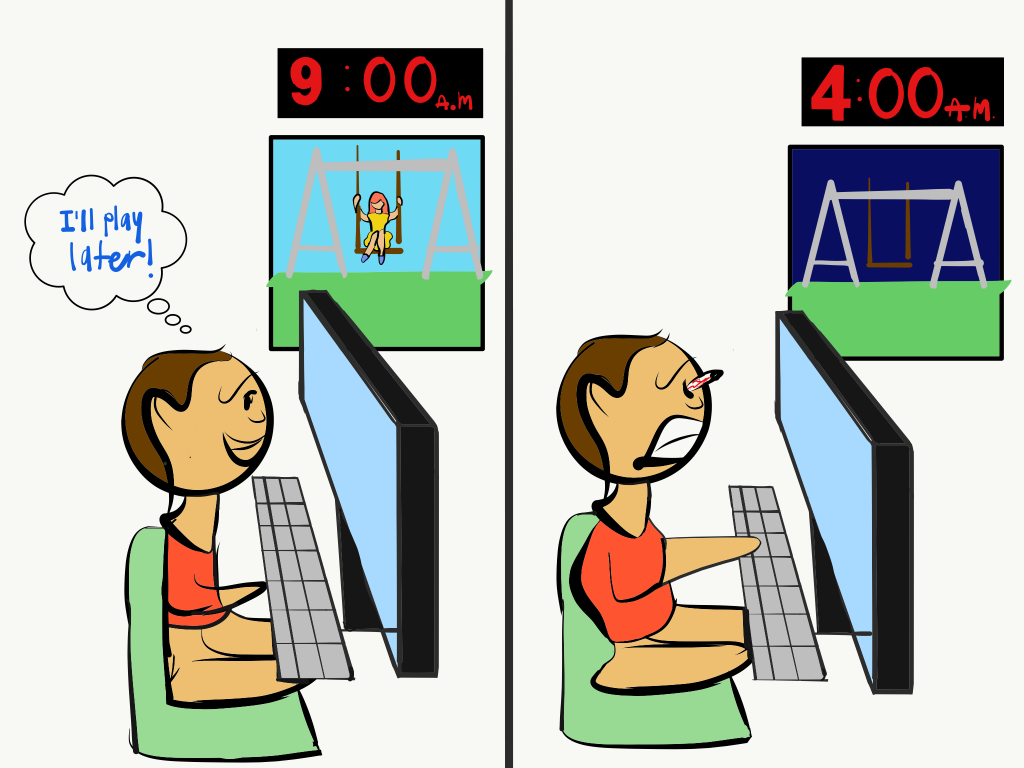
Illustration by: Laura Cai
Staring at screen creates discomfort
Distance learning enables students to study remotely, making face-to-face contact unnecessary. With all courses broadcasted online, students have been forced to be attached to their computers. Staring at a digital screen for a lengthy time can create serious health effects.
One of the major problems students encounter is eye strain. This is caused by the brightness from electronic screens that exerts pressure on the muscles that support the eyes. An article by the Medical Eye Center states that the eyes are one of the most vital senses as 80% of what we see is due to our sense of sight. Students may struggle to focus because they find it hard to read text that is small or far-away. People with poor vision often show signs of lowered reading comprehension since they cannot see the text properly and can easily confuse words.
In addition to the effects of physical health, looking at the screen for too long can cause sleep deprivation and poor academic performance. This is caused by increased levels of dopamine and serotonin. Dopamine is known for managing motivation and reward-driven behavior. Serotonin stabilizes our mood, feelings of well-being, and happiness. Screen time increases the amount of dopamine and serotonin to beyond natural levels, making it difficult to sleep. The heavy screen time from lectures only exacerbates this imbalance and inhibits academic performance.
Long periods of screen time can also produce social anxiety because of social withdrawal. The more time spent on the screen, the more you spend by yourself, so you get accustomed to being alone, ultimately wanting to avoid contact with anyone because of fear or anxiety. As a result, students become uncomfortable when assigned to group interactions. Due to online learning, students have to restrict themselves to an environment of isolation, where they block out social contact and lean toward communicating through social platforms. Thus, triggering social anxiety and creating an unhealthy mental state for students where they damage their personal relationship and emotional state of mind.
Admittedly, electronic devices offer fun social platforms where students can de-stress from homework and enjoy games and other apps. However, they should take into account the long-term effects that being on the screen for an extended time can have on students. For example, a natural position while in front of the screen is a slouched back, which causes bad posture and can lead to back pain. Detrimental health effects like these cannot be risked and should be acknowledged in the class schedule. To mitigate the discomfort and health effects that come from extensive screen time, taking intermittent breaks would be ideal. For example, five-minute breaks between 40 minute work periods.